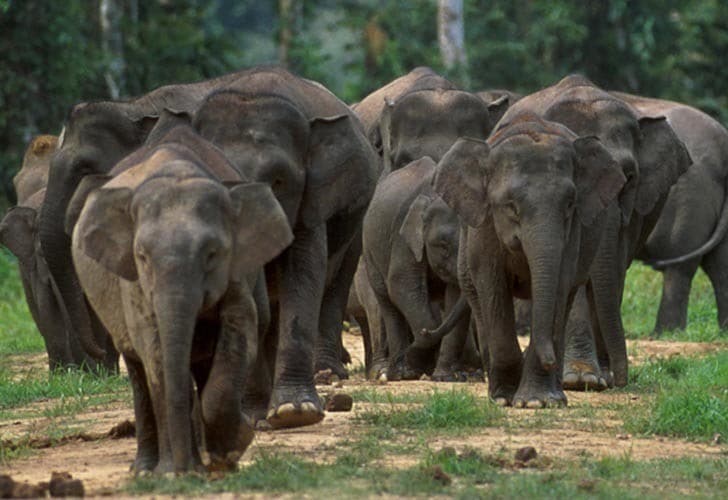5 amazing animals we thought were extinct

New Scientist has profiled five recently ‘resurrected’ animals Image: REUTERS/David Mercado
They hadn’t been seen in so long that scientists had written them off, but some species have reappeared – sometimes more than 100 years after their last sighting.
Known as “Lazarus species” for their miraculous ability to come back from the dead, these creatures have defied the odds to survive.
Here is New Scientist’s pick of five recently un-extinct animals.
Australian night parrot

After 15 years of searching, naturalist John Young finally captured a photo of the elusive night parrot in 2013 – a century after it had last been sighted alive in 1912.
Resembling an overweight budgie, the bird (pezoporus occidentalis) had been relegated to the history books until one was spotted dead beside the road in Queensland in 1990.
Huila stubfoot toad

Everyone assumed that this Colombian toad had met the same fate as many other amphibians around the world and been wiped out by the chytrid fungus. After an absence of over 10 years, the small black toad (atelopus ebenoides marinkellei) was rediscovered in 2006, raising hopes that other species may have also outlived the epidemic.
Cuban solenodon

This shrew-like animal had been on the watchlist for years, with habitat destruction and invasive species threatening its survival. By 1998, Cubans thought they had seen the last of the Cuban solenodon or almiqui (Latin name solenodon cubanus), but a team of Japanese and Cuban researchers rediscovered it in 2012.
An insectivore, the solenodon is one of the world's few venomous mammals.
Javan elephant

Scientists had long been puzzled by the Borneo pygmy elephant (Elephas maximus borneensis), which looks and behaves differently to other Asian elephants.
Native to a limited area of Borneo, genetic tests have subsequently identified a link to the extinct Javan elephant – it was probably transported to Borneo centuries ago by rich island rulers.
Terror skink

Rediscovered in 2003, this lizard had long been considered extinct. The last sighting was of a solitary animal in 1876, on an uninhabited islet in New Caledonia in the South Pacific Ocean.
Unusual among skinks for being a top predator, it has long, curved teeth and is also known as Bocourt’s terrific skink (phoboscincus bocourti).
Don't miss any update on this topic
Create a free account and access your personalized content collection with our latest publications and analyses.
License and Republishing
World Economic Forum articles may be republished in accordance with the Creative Commons Attribution-NonCommercial-NoDerivatives 4.0 International Public License, and in accordance with our Terms of Use.
The views expressed in this article are those of the author alone and not the World Economic Forum.
Stay up to date:
Future of the Environment
Forum Stories newsletter
Bringing you weekly curated insights and analysis on the global issues that matter.
More on Nature and BiodiversitySee all
Tom Crowfoot
November 18, 2025






